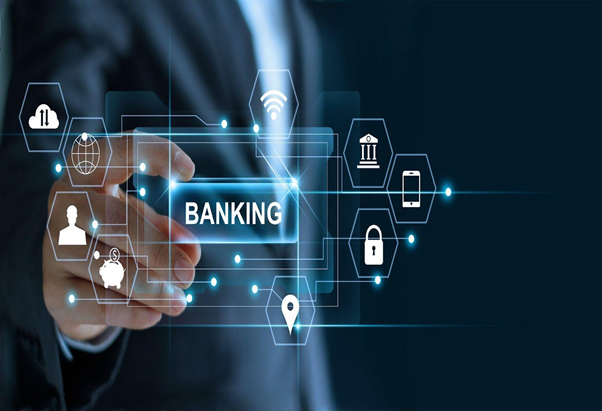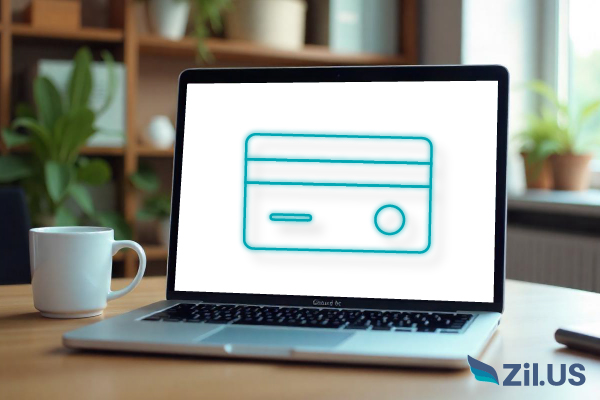Digital banking has quickly become a necessity for businesses. Not only is it more convenient and user-friendly, but also helps reduce costs.
Digital banking security measures should be prioritized above all else for any business owner using digital banking platforms. Account holders must ensure their accounts have strong passwords and two-factor authentication for maximum protection of their funds.
Evolution of Digital Banking
Digital banking is a revolutionary trend in financial services that involves shifting traditional practices online. While this transition provides several advantages – increased convenience and accessibility as well as an effective means of overseeing your company finances – its risks must also be understood before moving ahead with this service.
Digital banking first started to emerge in the 1980s when banks started offering various online services such as accessing account information, paying bills and viewing balances online. While these initial offerings were limited and costly resulting in low adoption, with technology progressing and consumers demanding more features for digital banking platforms today than ever before.
Digital banking today allows customers to make purchases and transfers with mobile devices. Customers can also track spending habits and credit card activity to maintain control over finances overall. Digital banking provides a convenient and efficient alternative to traditional banking practices that has become the standard among many businesses.
As traditional banks strive to meet consumer demands, more are adopting digital banking initiatives. Insider intelligence’s Rise of Banking-as-a-Service report details how more legacy banks are opening their application programming interfaces up for third-party developers and fintechs so as to expand their digital offerings.
Key Features of Digital Banking
Digital banking can be an intimidating term to those unfamiliar with the topic, yet can often be confusing to newcomers. Digital banking encompasses both online and mobile banking services as well as additional automated features that the bank sends directly to customers like bill payment reminders or alerts regarding suspicious activity or low balances; customer service chat features; or ATM finders.
Digital banks offer consumers several key features not found with traditional banks, including instant access and lightning-fast processing. Digital banks use cutting-edge technologies like behavioral data analysis and AI to personalize customer experiences further and offer relevant products.
These banks also boast lower operational costs due to the absence of physical branches, and can pass these savings onto consumers through increased interest rates or less-expensive fees. They’re known as “neobanks” or “challenger banks”, and their popularity is rapidly expanding due to their user-friendliness, flexibility and customer benefits.
Benefits of Digital Banking
Digital banking has revolutionised how business owners manage their finances. No longer must they take time off work or waste weekend time waiting in line at banks – instead, they can access their accounts, make payments and transfer money all from the comfort of their homes, offices or mobile phones.
Digital banking for businesses provides numerous advantages, including convenience, enhanced customer experience and enhanced security. Digital banking also helps small businesses more efficiently manage their cash flow by cutting paperwork costs and automating verification processes for increased accuracy. Integrated with accounting software more easily and providing automatic transaction tracking – saving both time and hassle!
Digital banking also offers businesses several personalised features that can make life easier, including bill payment reminders, savings goals and weekly budgets. These tools can help businesses make more informed decisions that increase profits and ultimately benefit the bottom line.
Digital banks tend to offer lower operational costs and fees and interest rates than their traditional counterparts due to not needing physical branches and reaching more customers with online and mobile banking services. They may also offer more competitive savings accounts, fixed deposits, debit cards and credit cards products and services than traditional banks.
Security Measures of Digital Banking
Digital banking not only offers convenient 24/7 access and quick response times; it also comes equipped with many security measures designed to safeguard businesses. This includes features like dual-factor authentication upon login, an online transaction history for easy reconciliation purposes and security alerts to notify users if suspicious transactions or low balances arise.
Traditional banks require significant back office staff to process checks and manage accounts; digital banking software automates these processes while lowering operating costs – making for faster processing times with reduced errors, particularly useful to small businesses with tight budgets.
Digital banking for business is growing quickly, with 2.5 billion individuals worldwide using digital banking as of 2024. This trend can be attributed to increasing consumer preferences for online payment services as well as competition forcing businesses of all sizes into adopting this type of digital banking in order to remain viable and grow.
Banking executives face the challenging task of quickly and successfully introducing new digital platforms that meet both regulatory requirements and customer demands. To succeed in doing this, they must prioritize customer impact initiatives – such as product upgrades and efficient interactions and processing – while revamping internal structures, decision-making processes, cultures and their employee-retention programs. In order to accomplish this task successfully, collaboration among various departments including marketing, product development and risk management will be needed.












